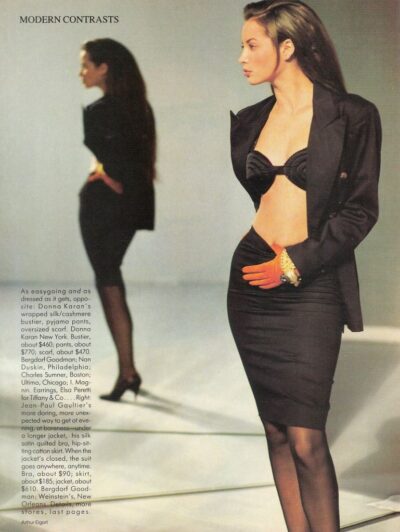Kenzo Takada, a life full of colors
Kenzo Takada, who came to Europe from Japan in a slow boat, shook up fashion with his wild prints and eastern influences. Together with Issey Miyake and Hanae Mori, Takada was part of the first wave of Japanese designers to conquer the exclusive world of Parisian fashion in the 1970s.
In in 1939 in Himeji in the Japanese Kansai region, Kenzo was already obsessed with fashion design as a child and spent his spare time leafing through fashion magazines and designing clothes for his sisters’ dolls. Creativity was almost a vulgar word in 1950´s Japan and that a man should be interested in creating fashion was absurd. Against the will of his parents, he moved to Tokyo and enrolled in the Bunka Fashion School as the first male student.
Kenzo was known for his innovative cut and excessive use of color and pattern, his designs inspired by a sense of longing, an eclectic mix of different global styles. The cultures he encountered in Asia, India and Africa, all stopovers during his journey to France, had a significant influence on his aesthetics. His first Paris boutique „Jungle Jap“ contained designs combining just that, Jungle and Japan: wild prints with traditional Japanese silhouettes, which proved to be revolutionary.
 His designs were vibrant and joyful, and he was vehemently opposed to the traditional black. Typical for Kenzo were playful blouses with puff sleeves, pleated harem pants and flowing kimonos printed with floral patterns.
His designs were vibrant and joyful, and he was vehemently opposed to the traditional black. Typical for Kenzo were playful blouses with puff sleeves, pleated harem pants and flowing kimonos printed with floral patterns.
The designer was early to adopt the business model of ready-to-wear, and also among the first to reinterpret the fashion show as a theatrical spectacle. His shows were joyfully exuberant productions with dancers, roller skaters, performance artists and circus tents. In 1977 he staged a fashion show at Studio 54, where Grace Jones performed and Jerry Hall walked the catwalk.
The brand image and business network expanded internationally, and with time the product range broadened to include perfumes, interior design, menswear, denim and children’s clothing. Kenzo launched its highly profitable perfume division in 1988 – long before this became standard practice for fashion houses.
After LVMH bought the house in 1993, Kenzo continued to design for several years before finally retiring in 1999. The brand continues to hold a youthful spirit and sense of fun and sass, whilst preserving Kenzo’s traditions of prints and the sense of worldliness and travel that is inherent in every collection.
Kenzo who brought so much vibrant color and playful shape into uncountable lives will live on in his vintage creations.






